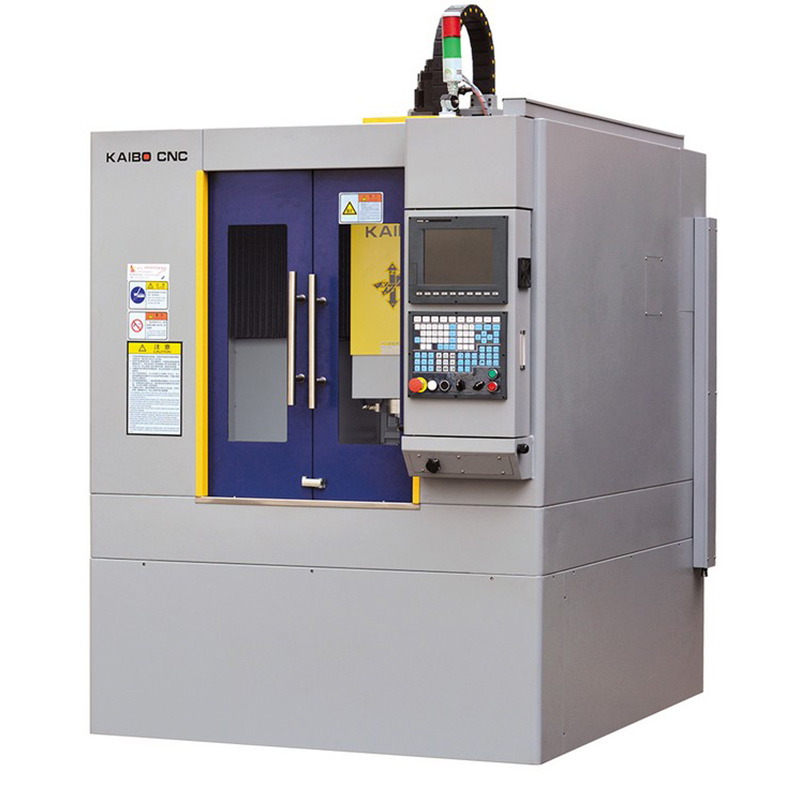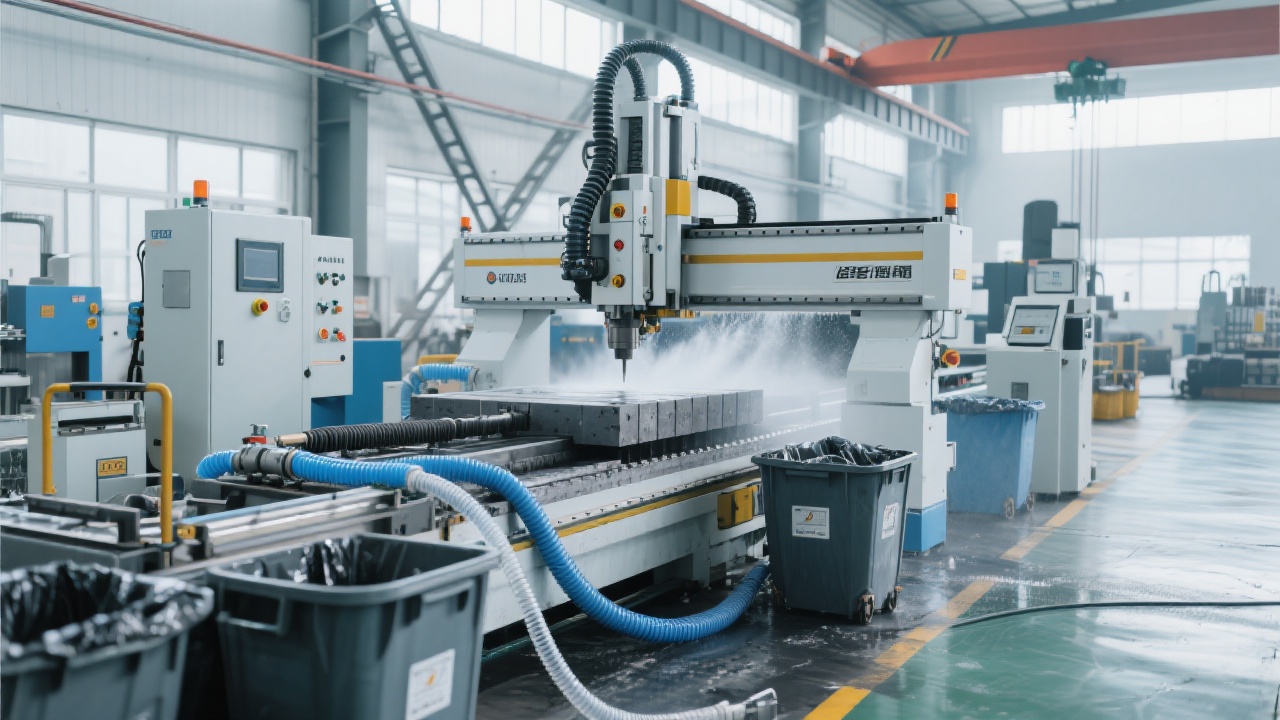
Wet graphite machining has gained increasing attention in the manufacturing industry. The key lies in the coolant's immediate flushing mechanism in the cutting area. When coolant enters the cutting area, it acts as a heat sink, effectively absorbing the heat generated during the cutting process. This reduces the temperature in the cutting area, preventing thermal deformation of the graphite and the tool. For example, in high - precision graphite electrode processing, a well - controlled coolant temperature can keep the machining accuracy within a tolerance of ±0.01mm.

In addition to thermal management, the coolant also plays a crucial role in dust control. Graphite dust is a common problem in graphite machining, which can cause health hazards to operators and damage to equipment. The coolant flushes the dust away from the cutting area, reducing the amount of dust in the air and on the machine surface. This not only improves the working environment but also protects the machine's moving parts and electrical components, extending the equipment's service life.
When comparing dry and wet machining, the differences are significant. In terms of precision, dry machining often suffers from thermal expansion of the graphite and the tool due to the lack of coolant, which can lead to dimensional inaccuracies. In contrast, wet machining, with its effective temperature control, can achieve much higher precision. For instance, in the production of high - precision molds, wet machining can improve the surface finish by up to 30% compared to dry machining.
From a safety perspective, dry machining generates a large amount of graphite dust, which is a potential health hazard to workers. Wet machining, on the other hand, significantly reduces dust emissions, creating a safer working environment. Regarding equipment reliability, dry machining can cause rapid wear of the cutting tools and other machine components due to high temperatures and dust accumulation. Wet machining, with its cooling and dust - flushing functions, can extend the tool life by 50% or more and reduce the frequency of equipment breakdowns.
The coolant flow rate, pressure, and spray angle are the core parameters in wet graphite machining. The flow rate determines the amount of coolant reaching the cutting area. A proper flow rate ensures sufficient cooling and dust removal. For example, in the mass production of graphite electrodes, a flow rate of 10 - 15 liters per minute can achieve good results. The pressure affects the penetration ability of the coolant. Higher pressure can ensure that the coolant reaches deep into the cutting area, but too high pressure may cause splashing and waste of coolant. A pressure of 2 - 3 bar is often suitable for most graphite machining applications.
The spray angle also has a significant impact on the machining effect. A well - adjusted spray angle can ensure that the coolant covers the entire cutting area evenly. For example, a spray angle of 45 - 60 degrees can effectively flush the chips and dust away from the cutting edge, improving the surface quality of the machined graphite.

Different graphite materials have different physical and chemical properties, which require different machining parameters. For soft graphite materials, a relatively lower coolant flow rate and pressure may be sufficient, while for hard graphite materials, higher flow rate and pressure are needed to ensure effective cutting. At the same time, the production rhythm also needs to be considered. In high - volume production, the parameters need to be adjusted to ensure high - speed and efficient production without sacrificing surface quality. For example, by increasing the coolant flow rate slightly, the cutting speed can be increased by 20 - 30% while maintaining a good surface finish.
Wet graphite machining is highly suitable for automated continuous production. In an automated production line, the stable performance of wet machining can ensure consistent product quality. The coolant's cooling and dust - removal functions reduce the need for frequent manual intervention, such as tool replacement and equipment cleaning. This allows the production line to run continuously for a long time, improving production efficiency. For example, in a fully automated graphite electrode production line, wet machining can increase the production efficiency by up to 40% compared to dry machining.
Many real - world factory applications have verified the value of wet graphite machining. For example, a factory that produces high - precision graphite molds adopted wet machining technology. After parameter optimization, the production efficiency increased by 35%, and the surface quality of the molds improved significantly. The data shows that the rejection rate decreased from 8% to 2%. Another factory that produces graphite electrodes found that the tool life was extended by 60% after switching to wet machining, which greatly reduced the production cost.

If you are still struggling with dry graphite machining or want to improve your machining efficiency and quality, our DC6060G with a full - sealed cover and wet - flushing system design is the ideal choice for you. It can help you easily achieve the best wet graphite machining parameters. Click here to learn more about the DC6060G and start your intelligent graphite machining journey!

